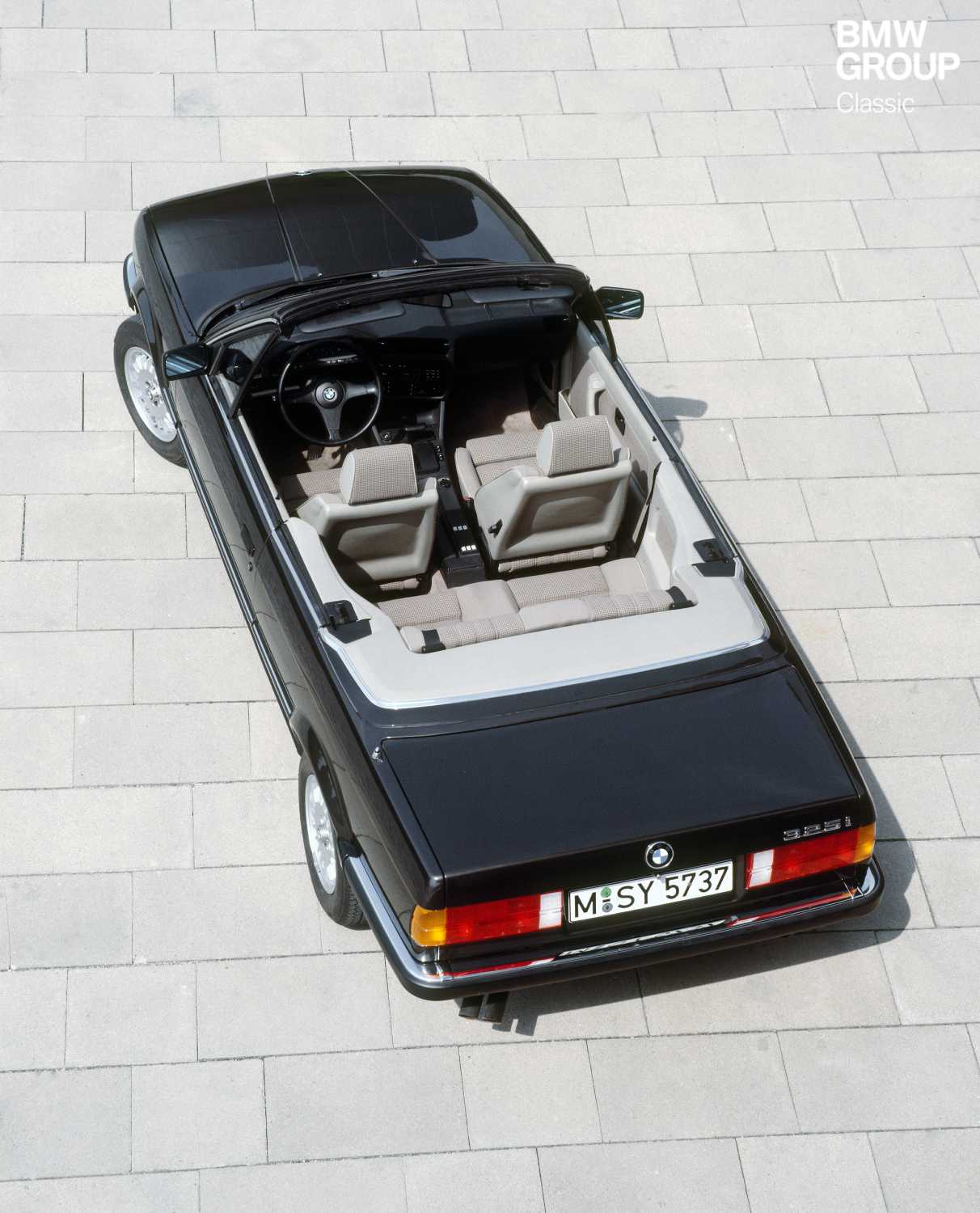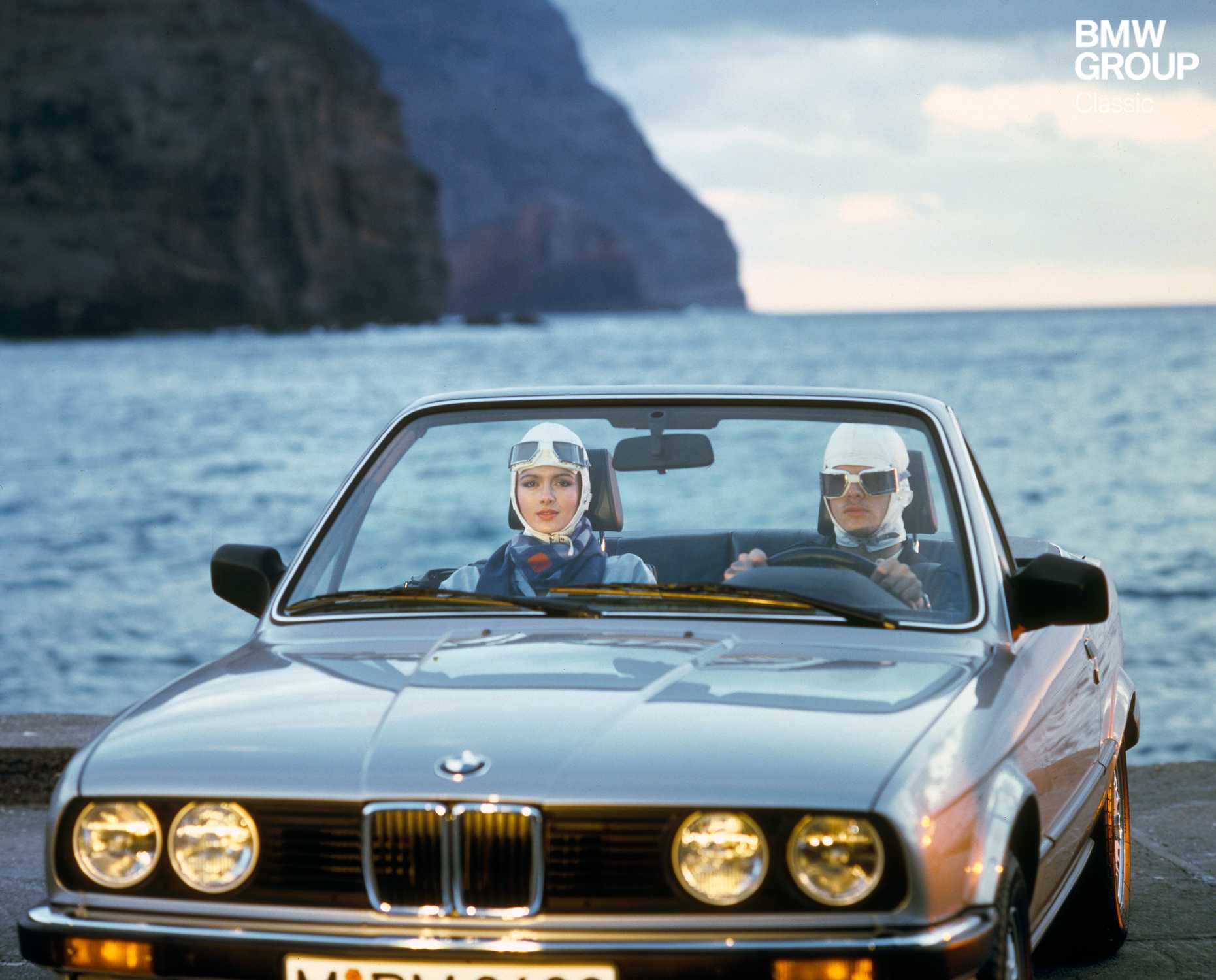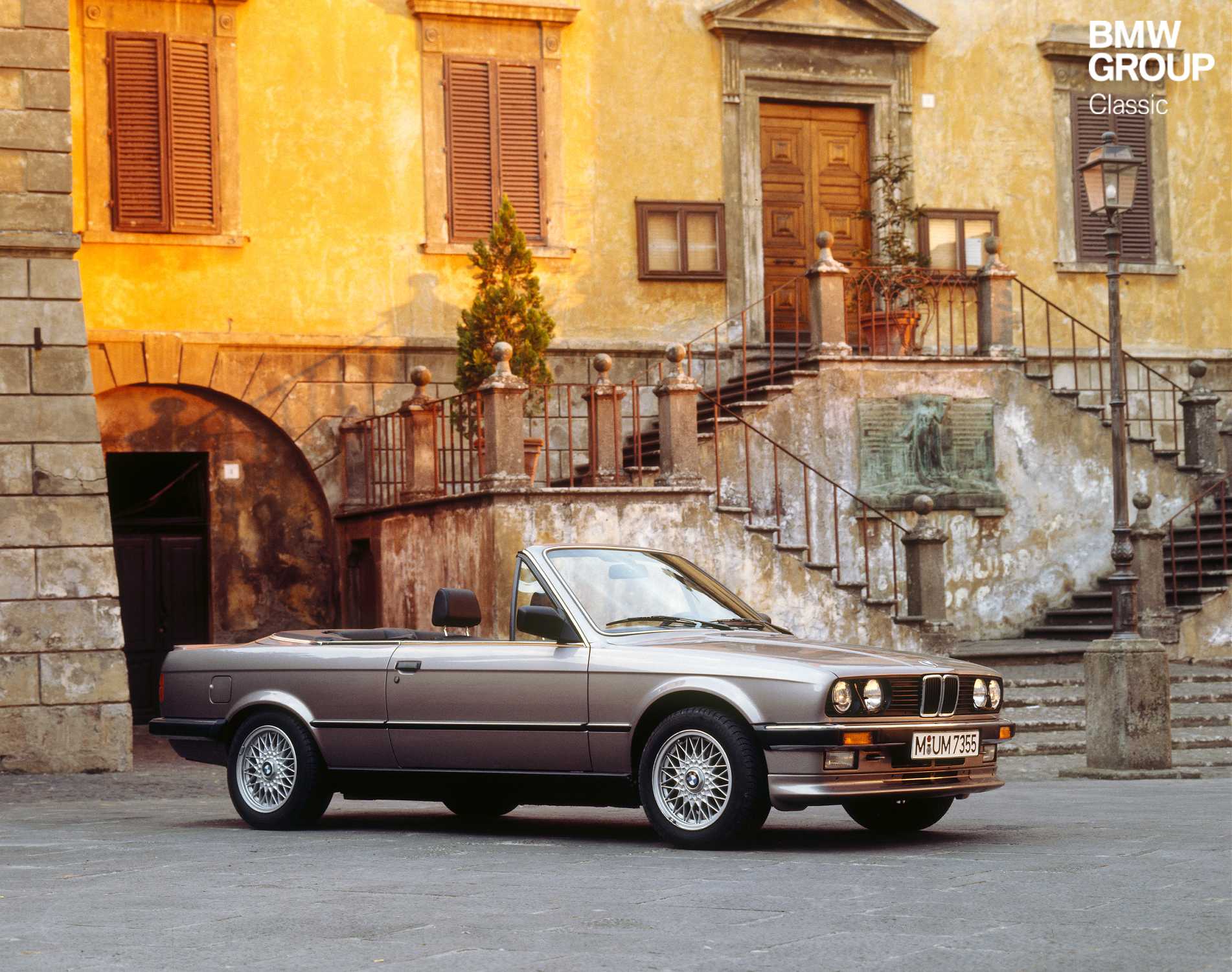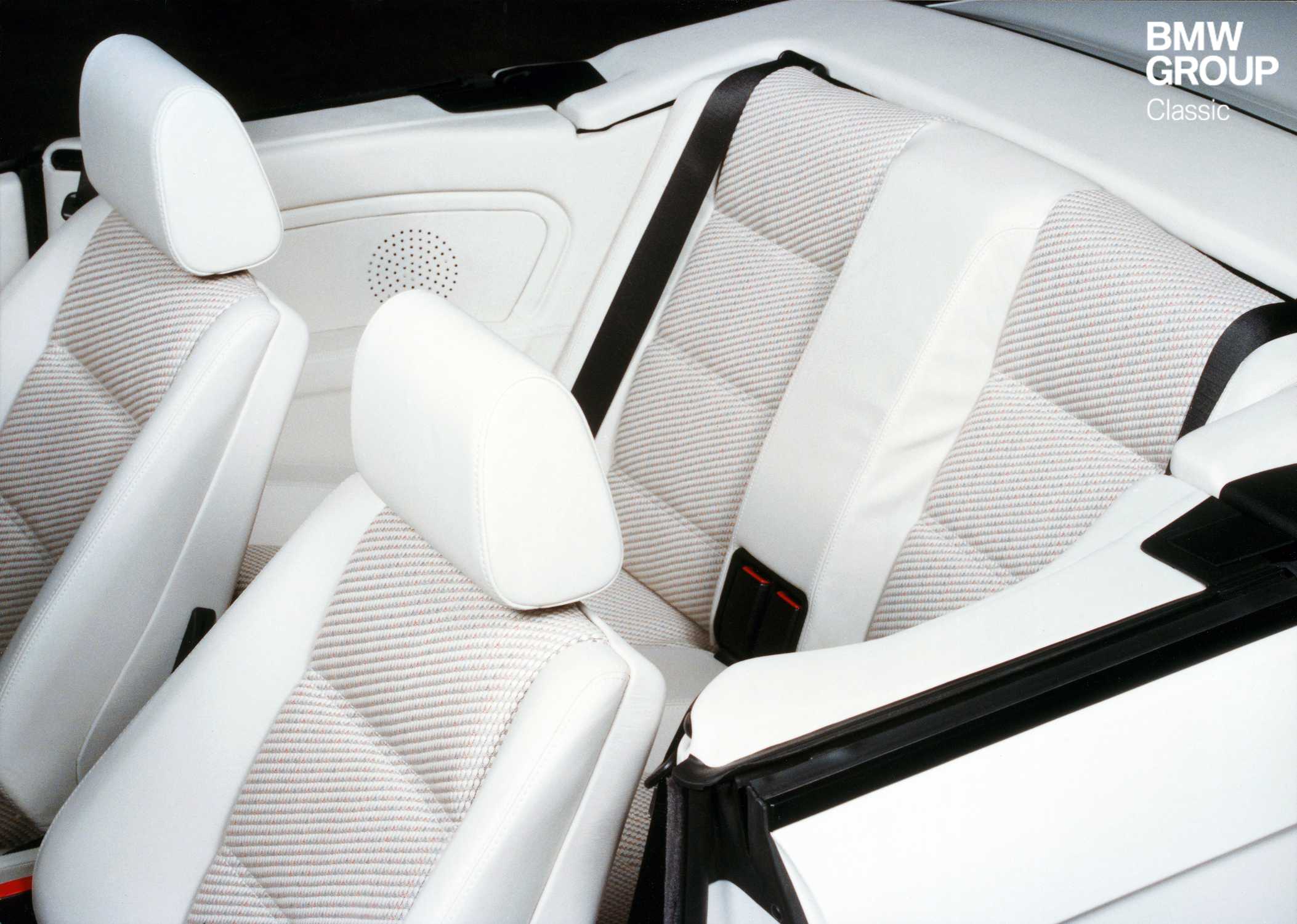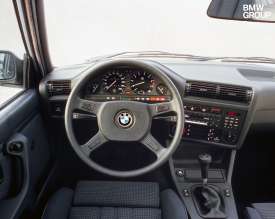Convertibles were dead and buried, safety concerns playing a major role in their demise. But then they rose from the ashes in reinvented form, and people loved them more than ever. The BMW 325i Convertible from 1986 stoked the fire, with its gorgeous looks and almost radical commitment to roof removal.
Ram raid.
Cast your minds back to the 1970s. With accident figures hitting alarming levels, the authorities in the US introduced the FMVSS 216 safety standard. This involved driving a heavy ram onto the roof of every new model – and that meant the party was over for convertibles. In Europe, the grieving began as drivers braced themselves for the legislation to cross the Atlantic. At Stuttgart-based coachbuilder Baur, however, there were tears of joy: its “safety convertible” appeared to be the only remaining route to open-top motoring.
Fast forward ten years and enthusiasts could hardly believe their eyes as they contemplated one of the most alluring four-seater convertibles of all time, the E30-generation BMW 325i Convertible. Nothing got in the way of the view to the sky, the soft-top roof slipping away without trace beneath a flat cover, leaving only the windscreen to inconvenience the onrushing air. It was like there had never been a fabric barrier separating man and heavens. With over ten thousand orders placed in its first year on sale, it was a best-seller straight out of the blocks. But how exactly did convertibles get this far?
New technology, new laws.
Thicker steel gave their windscreen frames the strength of a rollover bar. Much was also accomplished with the underfloor section, which was essentially completely refigured. As it turned out, the ram test never made it over to Europe and the associated regulations were also dropped in America. The convertible was back – and it was back with a bang!
Technically, the BMW 325i offered the best possible start in life for the new drop-top. Its silky-smooth six-cylinder engine laid on copious levels of refinement and lavish performance, while its sporty yet also comfortable suspension majored in driving pleasure. Compact exterior dimensions (it was just 4.33 metres long) were a recipe for excellent agility, while solid build quality meant running the car on a daily basis was drama-free.
Should rain-bearing clouds hurry back into view, the roof could be raised again almost in the blink of an eye – without electrical assistance (a power hood followed later). The car’s robust design made the interior a cosy affair, helped by the slightly darker ambience created by the smaller window surfaces of cabriolet roofs. Open the soft-top and it would be swallowed up entirely underneath a fixed cover. It was a case study in roof storage. Remember those fiddly tonneau covers? Drivers often used to just leave them at home, even though they knew all the dust and muck the exposed roof had collected during the journey would trickle down their necks when they came to put it up again.
Driving pleasure, guaranteed.
The convertible took its technical underpinnings from the BMW 325i. This was a thing of sedan perfection, so the soft-top model could hardly go wrong. The velvety six-cylinder engine whisked the car from 0 to 100 km/h (62 mph) in a bit over eight seconds and gave it a top speed of 215 km/h (134 mph). A five-speed manual gearbox was fitted as standard, but customers could also specify an automatic – initially for an extra 2,200 marks. Electrically operated windows and sports seats were both standard features and airbags were also on the equipment list, albeit only as options. The impressive stiffness of its body enabled the convertible to retain the dynamic qualities of its hardtop siblings. Leisurely saunters and hard track driving were both comfortably on its radar. “There are no rattles at all!” came the cry. Which was quite an accolade for a convertible.
The here and now.
First the bad news: The price of an E30 3 Series in Category 3 condition has increased by 300 per cent over the last five years (source: OLDTIMER PREISE 2016). The good news is that this doesn’t apply to the 3 Series Convertible – but that’s only because (more bad news alert!) it has been a collector’s item for much longer and already commanded legions of fans.
The oldest of the crop are now eligible for the “H” registration for classic cars in Germany. At the time of writing, 330 examples (four- and six-cylinder models) were listed on Mobile.de, which implies these have been well-loved cars throughout their lives. There are still tuners out there targeting them, but these are increasingly few in number. Convertibles which have become a long-cherished part of the family, allowed to hibernate during the winter and build up extensive service histories, are by far the more tempting propositions. The E30 3 Series Convertible can be had for as little as 2,000 euros, but for that money you shouldn’t expect the fineries discussed above. The car’s strong values mean that prices are all relative, though. Digging deeper into your pockets will provide more years of pleasure and the prospect of a coveted classic on your hands further down the line. After all, BMW convertibles will always inspire love.
Technical data BMW 325i Convertible (E30) 1986 – 1993
Six-cylinder engine with 126 kW (171 hp/with catalytic converter: 170 hp)
Acceleration 0 – 100 km/h (62 mph): 8.6 s
Vmax: 215 km/h (134 mph) at 5,750 rpm in fifth gear
Total production: approx. 143,000 units (all models), BMW 325i Convertible: 85,246 units
Price new in 1986: 43,300 marks
